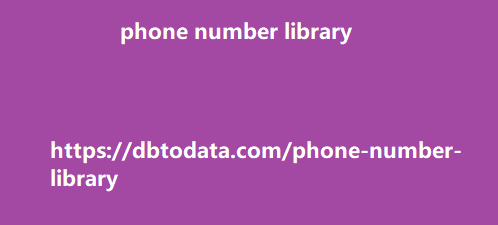Most people nowadays have email addresses which means you know that you are reaching your target market as long as you are using the right tools and data.found in a website’s source code. These pieces of text describe what a page is about to both Google and searchers. While it cannot be found on the page itself, it does its job very well behind the scenes. If executed right, these little pieces of text can help improve your rankings as well as your site’s Click-Through Rate (CTR). In this article, I am going to teach you about the types of meta tags, what they do, and how you can optimize them to your advantage.
Let’s get started! What Are Meta Tags? Graphics
Of Meta Tag Coding The 3 types of meta tags that you should know about are the Meta Title Tag, Meta Description, and Meta Robots Tag. Each one has an important part when it comes to the optimization of a website. Meta Title Tags The meta title tag is one of the ranking factors that is publicly known and verified by Google. SEO specialists will usually optimize this page as part of their on-page SEO efforts. Why? It is one of the factors that Google looks at when it tries to understand your content and if it fits your chosen keyword’s search intent.
Meta title tags can also be found on the search
engine listings and it is one of the first things that searchers will see when they type in their queries. Take a look at an example below that I took from one of my company SEO Hacker’s landing pages for the keyword “SEO Company Philippines”. Screenshot Of Meta Title Tag Sample Meta Description Meta descriptions are not considered as a direct ranking factor, but they can indirectly affect your rankings through your site’s Click-Through Rate (CTR). Think of it as a summary of what your page is about. The more enticing it is, the better your CTR will improve, and the more you will rise through the rankings.
Take a look at the meta description of our
SEO Hacker LP below. It’s short, straight to the point, and inviting. Screenshot Of Meta Description Sample Meta Robots Tag Unlike the meta title tags and meta descriptions that have to do with the explanation of a page’s content, the meta robots tag has to do with Google’s bots. The meta robots tag tells the bots which pages you want to be indexed and followed (index, follow) as well as which ones you don’t (noindex, nofollow). For those new to SEO, crawling is when a search engine’s bots scour through URLs to find links to other pages.
On the other hand, indexing is when bots store
the content they find from crawling. Onc canada phone number library e a page has been indexed, it can now appear on the SERPs. To be able to conserve a website’s crawl budget, some web owners may choose to tag certain pages noindex and nofollow. These are usually pages that they are not interested in ranking such as log-in pages. To be able to see the status of a page, you can either go to its source code or make use of tools such as Robots Exclusion Checker. Screenshot Of Meta Robots Tag Tool If you want to learn more about the definition of meta robots tag, read our article entitled “What Meta Robots Tag Are For”.
Now that you know more about SEO meta tags
and what they’re for, it’s time to learn how to make and optimize them for your website’s benefit. How Can You Create Good Meta Tags? Graphics Of How To Make Good Meta Tags When it comes to creating optimized meta tags, there are two things you need to remember: placement and relevancy. First, make sure that all of your pages have meta tags properly placed in the head of the HTML coding. Second, make sure that the copies you use are written in a way that can encourage people to click on the page. How can you do just that? Read on! How To Make Meta Robots Tags As mentioned, you will need to hardcode your meta tags in the head of your HTML code.
If you want a page to be tagged as noindex and
nofollow, it should look something like cervia: a tribute to lucio dalla this: <meta name=”robots” content=”noindex, nofollow”> If you want the opposite, it should look something like this: <meta name=”robots” content=”index, follow”> How To Make SEO-Friendly Title Tags When it comes to title tags and meta descriptions, you can choose to hardcode it or use tools such as Yoast SEO. If you want to hardcode it yourself, it should look something like this: <title>SEO Company Philippines</title> Since title tags are a ranking factor, one of the most important things you have to integrate into it is your page’s keyword. A good practice is to not water down your keyword by adding too many additional phrases.
Make sure your title tag starts with the keyword
as well. Try not to make your title tag too long uk data and stick to a maximum of 50 to 60 characters. The example above has a total of 23 characters. How To Make SEO-Friendly Meta Descriptions Next up, let’s talk about how to make meta descriptions. If you want to hardcode your meta description, here’s how it should look: <meta name=”description” content=”SEO Hacker is a premier SEO Company in the Philippines. Our mission is simple, rank yourmaximum of 155-160 characters to stop it from being cut on the SERPs.

